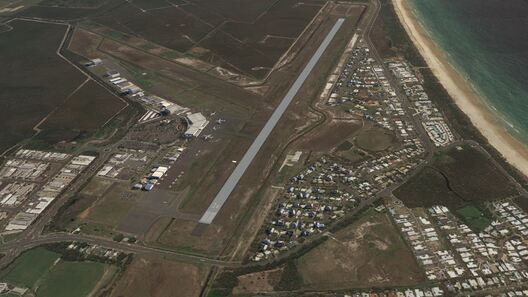Version 0.6 is now released
https://github.com/nickhod/aerosc…s/tag/v0.6-beta
Lots of bugs fixed in this one.
- GeoConvert no longer runs if the user stops the generation process
- Open Map toolbar item now uses decimal point irrespective of system culture
- Map toolbar items are not enabled if a grid square is not selected
- FSCloudPort airport coordinates are parsed with a decimal point irrespective of system culture
- Custom message box form for catch all exception handling
- Airport markers are now shown correctly when "Show Airports" is pressed if the map has not been moved
- Database, wokring and SDK folders are now checked for existence on app start
- UI is locked while tasks are running to prevent collection modified exceptions
- Recreate raw and ttc folders before running GeoConvert
- Fixed issue with image tile stitcher where image was cropped to the wrong width
- Option to shrink grid square coordinates in the TMC file by specified value. Defaults to 0.01. This forces GeoConvert to snap "outwards" to the nearest edge
- AID files use exponential notation
- TMC files use more accurate coordinates
The misalignment issue that crispy136 and Trespassers reported is now fixed.
This also fixes the "why is GeoConvert generating too many tiles for level 13 and level 14 tiles" issue that TomSimMuc reported

Under some conditions, the code that crops stitched images was cropping too much. This was mainly noticeable with level 13 and level 14 tiles.
If you notice any alignment issues with image scenery generated prior to version 0.6, it's probably that issue. The solution is (unfortunately) to stitch and run GeoConvert again. Downloaded tiles are fine if you have those saved.
